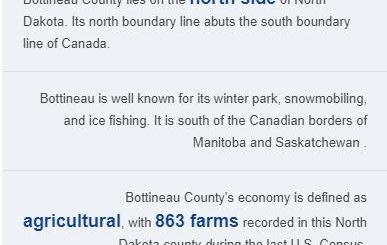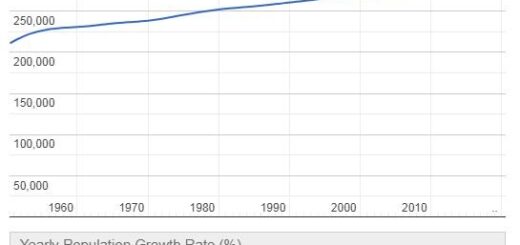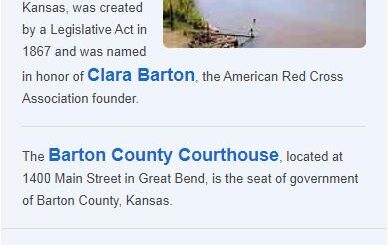Nevada – the State With the Most Deserts
According to ehuacom, Nevada, the “Silver State”, is the “most desolate” of all states. It is a land of flat plains and sandy deserts, but there are also green valleys and snow-capped mountains. The land between the Sierra Nevada and the Rocky Mountains is criss-crossed by steppes and deserts and therefore largely appears to be a desolate piece of earth.
The low rainfall and the fact that large parts of the soil cannot be used for agriculture still mean that a considerable part of the state is wilderness, arable farming is limited to irrigation crops in the Colorado Valley. The little pastureland is only suitable for livestock farming. The nickname “Silver State” goes back to the gold and silver finds that magically attracted the first settlers at the time. When the deposits dried up and the gold diggers withdrew, numerous ghost towns remained that can still be visited today (ghost towns, historic mining towns). In many of the small towns of Nevada, the Basque influence of immigrants can still be felt.
The largest city is Las Vegas on the edge of the Mojave Desert with around 600,000 residents, followed by Henderson with 260,000 residents. Up to 30 Indian tribes once had their hunting grounds in this area. The largest tribes of modern times are the Shoshone in the Ruby Valley and Ruby Mountains as well as in the northeast and central parts of the country, the Southern Paiute in the south and southeast, the Northern Paiute in the Northern Great Basin (Pyramid Lake and Walker Lake) and the Washoe in the eastern valleys on Lake Tahoe. Every January there is a big Native American Pow-Wow in Eiko, Northern Nevada. Pacific Standard Time applies in Nevada.
Landmarks
Tourism in this desert country is determined in particular by gambling, gambling is also the number one source of income. Above all, of course, it is the crowd puller.
- Las Vegas
The entertainment and play center par excellence. The center of gaming and casino operations is the Strip, on which new gaming centers are constantly emerging.
- Hoover Dam, Boulder City
The tallest concrete dam in the western world that dams Lake Mead, built between 1931 and 1936. The dam in a canyon of the Colorado River lies on the border between Arizona and Nevada. It is named after the American President HC Hoover and is used for electricity generation, flood control and irrigation.
- Virginia City
Virginia City is called the Living History Museum. It is the most visited western town in the state.
- Great Basin National Park
The Great Basin is a large, dry landscape in the western United States between the Wasatch Range in the east and the Sierra Nevada and the Cascade Range in the west.
State Information Centers
- to US 93 in Boulder City;
- at I-15 at Jean;
- at 195 US 50 at Lake Tahoe;
- in Las Vegas at 3150 Paradise Rd;
- in Laughlin at 1555 S Casino Dr;
- off I-15 at Mesquite;
- on I-80 at West Wendover.
Taxes
The state tax in Nevada is 6.5% (in Clark County, 7.0%), with local surcharges of 0.25% to 0.50%. Cities and counties may also levy an additional 1% Lodging Tax.
Public Holidays
Holidays in Nevada are:
- January 1st;
- Washington’s birthday, 3rd Monday in February;
- Memorial Day, last Monday in May;
- July 4th Independence Day;
- Labor Day (first Monday in December);
- Nevada Day, October 31;
- Veterans Day, November 11;
- Thanksgiving (fourth Thursday in November);
- 25 December.
Car regulations
The minimum age for the driver’s license is 16 years. It is compulsory to wear seat belts for all car occupants; a child seat is required for children under 5 and under 40 pounds. Helmets are compulsory for motorcyclists. Radar controls are allowed.
Climate and Weather
The Sierra Nevada mountain range on the state’s western border is responsible for the state’s semi-arid climate and low rainfall. The southeast is the driest. Most of the rain falls in the Sierra Nevada in the northwest, especially during the winter months. There is also snow on the highest points of the mountain range.
From the north of the state to the south, the daytime temperature can differ by up to 9 degrees Celsius, both in winter and in summer. The north is always cooler. Eastern Nevada has long, cold winters and short, hot summers. In contrast, there are short, mild winters and long, dry and hot summers in the south.



